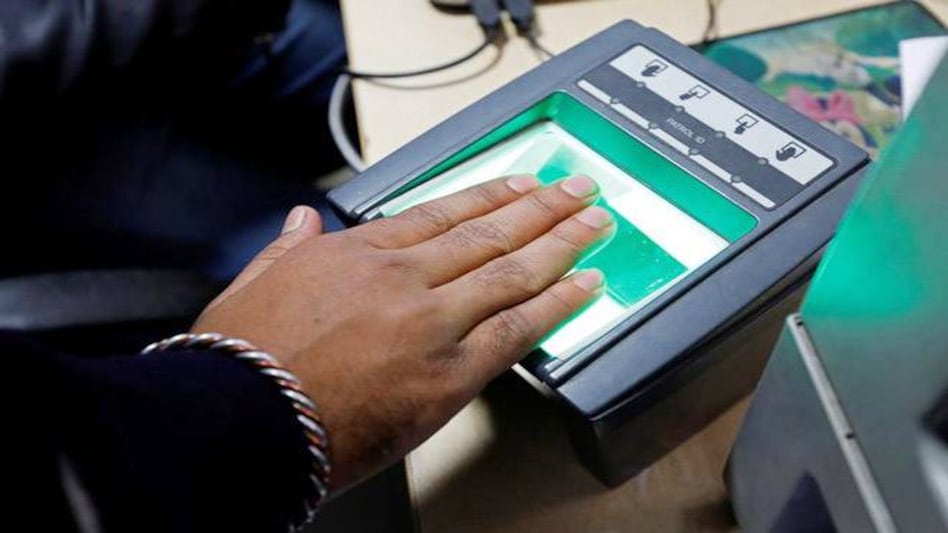 Video KYC: RBI launches launched Aadhaar-based Video Customer Identification Process
Video KYC: RBI launches launched Aadhaar-based Video Customer Identification Process Video KYC: RBI launches launched Aadhaar-based Video Customer Identification Process
Video KYC: RBI launches launched Aadhaar-based Video Customer Identification ProcessIn a path breaking move, the Reserve Bank of India (RBI) has now allowed video-based know-your-customer (KYC) identification process that will provide an additional method of customer on-boarding. This would be done by capturing a live photo of the customer along with submission of documents like Aadhaar, PAN card etc. But this new facility also puts a lot of responsibility on the banks and non-banks, which requires use of latest technological tools, ensuring live location and interaction, training of people, storage etc. Let's take a look:
Use of latest technology and tools
Banks and non-banks will have to use the latest technologies in the market like artificial intelligence, face matching tools etc to ensure the integrity of the video KYC process as well as the information furnished by the customer. The entire responsibility of customer identification lies with the bank as they have to ensure that the person who is live is the same person who has provided his other identification details. They would have to ensure the same by matching the picture with the person and also validating the location.
Capturing live location
The bank has to capture and ensure that the customer is physically present in India and not outside. This can be done be geotagging, which helps in locating the exact place and time the picture or video was taken. The audio visual interaction will be triggered from the domain of the bank only and not from any third party service provider.
Ensuring real interaction
The bank official will also have to ensure that the sequence and the type of questions asked during the video interactions are varied to establish that the interactions are real-time and not pre-recorded. They will also have to ensure that the process is seamless, in real-time, secured and is end-to-end encrypted. The banks will also have to carry out liveliness check in order to guard against spoofing and other fraudulent manipulations.
Concurrent audit
The RBI makes it clear that all accounts opened through video KYC will be operational only after being subject to concurrent audit to ensure the integrity of the new process. In fact, the banks have to test the system for security, robustness and end-to-end encryption. They will have to carry out software and security audit and validation of the video KYC application before rolling it out.
Storage and training of people
The bank will have to ensure that the video recording is stored in a safe and secure manner and bears the date and time stamp. In fact, the entire process will be handled by officials specifically trained for this purpose. The activity, along with credentials of the officials performing the video process will be preserved for future records.
Also read: Relief for financial firms! RBI launches video-based identification process for KYC